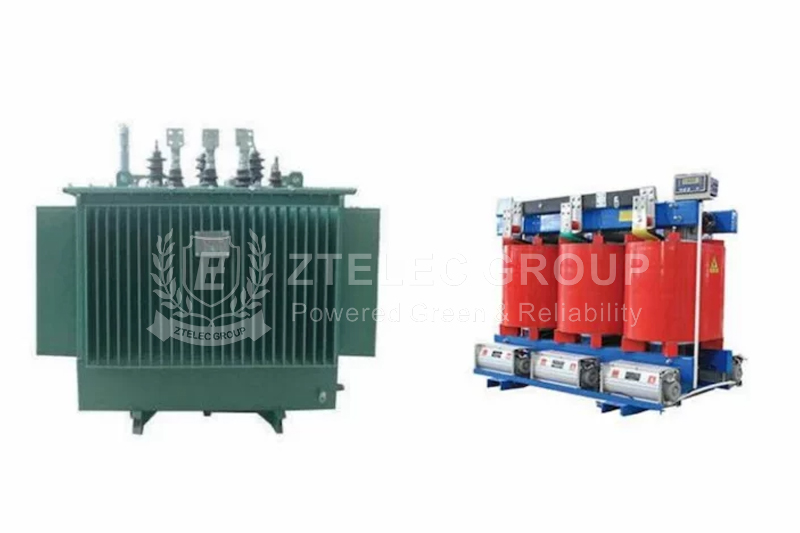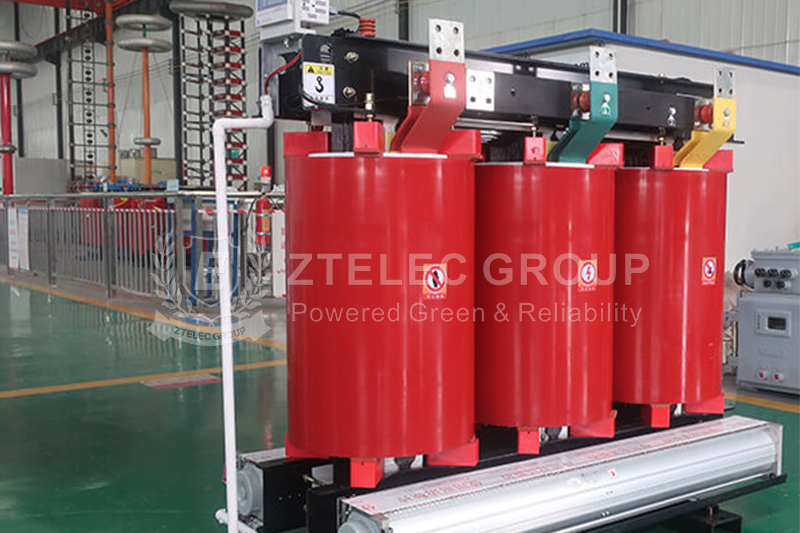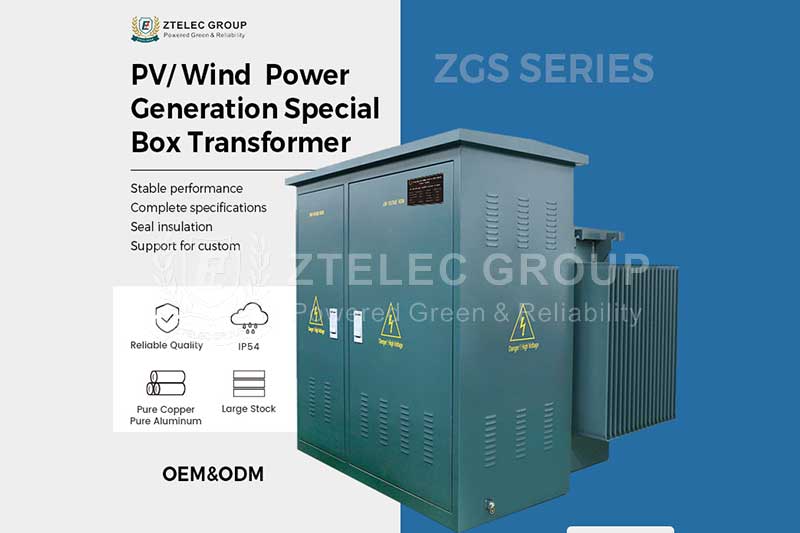Which is More Environmentally Friendly: Oil-Immersed Transformer or Dry-Type Transformer?
Time:2025-04-23 Auther:ZTelec-www.ztelectransformer.com
In the realm of power transmission and distribution, transformers are essential core components. Among the most common types are oil-immersed and dry-type transformers, which differ significantly in insulation and cooling methods—key factors influencing their environmental impact. This article will explore their environmental characteristics from multiple angles, including insulation media, operational maintenance, and application scenarios.

Environmental Differences in Insulating Media
Oil-immersed transformers rely on insulating oil for both insulation and cooling, enhancing operational efficiency and stability. However, this comes with notable environmental risks. The production of insulating oil generates harmful pollutants, and equipment leaks or damage can lead to oil spills, posing threats to soil and water bodies, especially in ecologically sensitive areas.
In contrast, dry-type transformers use oil-free insulation materials like epoxy resin, eliminating the risk of oil leakage. These materials offer excellent insulation and heat resistance without environmental pollution.
Environmental Considerations for Operation and Maintenance
During operation, the environmental performance of these transformers varies. Oil-immersed transformers maintain stable temperatures under high loads but require significant energy to keep oil temperatures steady. Regular insulating oil replacement is costly and, if not handled properly, can cause secondary pollution.
Dry-type transformers, cooled by natural or forced air, may have slightly lower cooling efficiency but achieve high energy efficiency through optimized design. Their maintenance is more eco-friendly, as there’s no need to replace insulating media, reducing operational environmental impact.

Application Scenarios and Environmental Adaptation
Different applications demand varying environmental performance from transformers. Oil-immersed transformers dominate large-scale power facilities like transmission grids and substations due to their high power capacity and insulation. However, their potential pollution risks necessitate strict environmental measures in sensitive areas like ecological reserves and urban neighborhoods.
Dry-type transformers are preferred in indoor environments such as commercial buildings, subways, and hospitals, thanks to their fire-resistant and pollution-free properties. These settings have stringent environmental and safety requirements, which dry-type transformers meet while ensuring personnel and equipment safety.
Dry-type transformers excel in environmental performance, with no risk of oil leakage, lower operational carbon footprint, and adaptability to high environmental standards. However, oil-immersed transformers remain irreplaceable in high-power transmission. In practice, finding the optimal balance between performance and environmental sustainability is crucial for the green development of the power industry.




